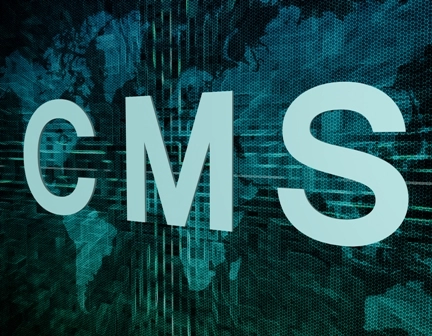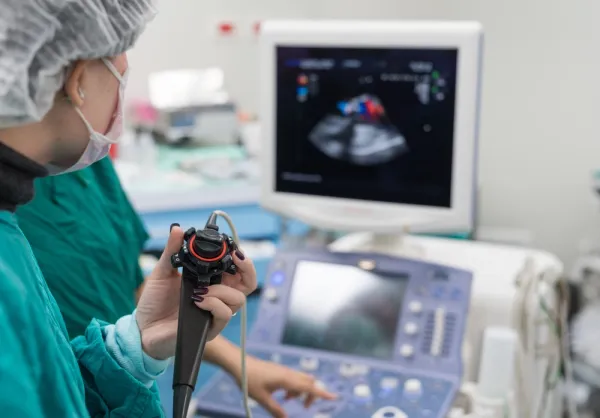Part B Insider (Multispecialty) Coding Alert
Deadline Alert: Submit Your 2017 QPP Measures with New CMS Tool

Hint: It's crunch time - get your 4 percent bump before it's too late.
Due to overwhelming confusion, CMS streamlined its process for eligible clinicians to report their 2017 QPP data. Even though the deadlines are around the corner, you've still got time to submit your Performance Year 1 measures and receive a possible Part B pay increase in 2019.
Here's a Crash Course on Performance Year 1
CMS's reimbursement opus, the Quality Payment Program (QPP), commenced last year and was mandated by MACRA. The QPP includes two levels of participation for providers who bill Medicare. The entry-level MIPS falls under the mantra "Pick-Your-Pace" for Performance Year 1 of the new program. In contrast, Advanced Alternative Payment Models (APMs) concern higher-levels of participation in Medicare programs that support savings, quality, and coordination.
MIPS requirements: To participate in this first performance year, you must be a Medicare Part B physician, physician assistant, nurse practitioner, clinical nurse specialist, or certified registered nurse anesthetist or be in a group practice where these clinicians are employed.
So, if your specialty falls under the QPP criteria, you then must bill $30,000 or more in allowable charges under Part B as well as provide services to at least 100 Part B beneficiaries annually. "If a clinician or group does not meet both the Medicare revenue and number of Medicare patients' thresholds, the clinician or group is excluded from MIPS and does not have the option to participate," reminds attorney Benjamin Fee, Esq. of Dorsey and Whitney LLP in the Des Moines, Iowa office.
Remember: You were not required to participate in Performance Year 1 - but "non-participation" in 2017's inaugural year will lead to a 4 percent penalty to your 2019 Medicare payment rates, CMS cautions. If, however, you want to "test" the waters and ensure steady reimbursement, you may report one quality measure or an improvement activity before the deadline.
Those reporting a "full year's" worth of 2017 MIPS data will get the biggest benefit with the possibility of a significant pay boost. But to remain status quo with Part B colleagues and earn a small positive payment adjustment, you'll need to post 90 days' worth of data to equal a "partial year," QPP guidance suggests.
Nuts and bolts: The new data-submission system went live on Jan. 2, 2018, and allows Part B providers to "log into the system, submit data, and satisfy all MIPS reporting requirements," notes a QPP fact sheet on the subject. Large group practices utilize the CMS Web Interface system, which opened up for Performance Year 1 reporting on Jan. 22, 2018.
Before you can send your data, you must register for an "Enterprise Identity Management (EIDM) account and an appropriate user role associated with your organization," the agency advises. And according to the QPP guidance, your EIDM information will be good-to-go across all of your CMS touchpoints and systems.
Find the EIDM guide and account set-up advice at: www.cms.gov/Medicare/Quality-Payment-Program/Resource-Library/Enterprise-Identity-Data-Management-EIDM-User-Guide.pdf.
More good news: If you've been sending your stats through previous "legacy" programs like the Physician Quality Reporting System (PQRS) or Meaningful Use, your accounts will be the same for the QPP. And more importantly, the design of the one-stop reporting option connects your "Taxpayer Identification Numbers (TIN) associated with your National Provider Identifier (NPI) ... with an approved EIDM account," CMS says.
Here's the Gist of MIPS-Data Submissions
Once you've established your QPP participation and have an approved EIDM account, you are ready to report your quality data from last year.
A few things factor into the submissions process and pinpoint how and where you plug your data in, the QPP fact sheet suggests. These include the following:
- Practice size
- Solo or group practice
- Year of Certified EHR Technology
- Performance category (Quality, Improvement Activities, and Advancing Care Information for 2017 QPP)
- MIPS, MIPS APM, or Advanced APM
Group review: Whether you start by reporting individually or as a group for your practice, you have the option to switch. "We'll retain all submitted data in our system and calculate an eligible clinician's score (and MIPS payment adjustment) using the data that results in the higher score," explains the QPP fact sheet.
Extras: The sign-in to report your QPP measures also saves as you submit and promises to "calculate" your submissions right up to the deadline, showing you whatever your payment adjustment will be. "As you enter data, you'll see initial MIPS performance category scoring based on your submissions," the guidance says. However, "this scoring may change if you participate in an APM, report new data, or use quality measures in the Quality performance category that have not yet been benchmarked," the agency warns.
Deadlines: Eligible clinicians reporting through the new login option have until March 31, 2018 to report their Performance Year 1 measures. Group practices utilizing the CMS Web Interface system are on a tighter schedule with their window closing on March 16, 2018.
Resources: To review new CMS guidance on submitting 2017 QPP measures, visit www.cms.gov/Medicare/Quality-Payment-Program/Resource-Library/QPP-2017-Data-Submission-Factsheet.pdf.
Reach the new data-submissions tool at: https://qpp.cms.gov/login.
Related Articles
Part B Insider (Multispecialty) Coding Alert
- Targeted Probe And Educate:
Use These 5 Tips to Master Part B Claims Reviews
Be on top of your MAC's TPE guidance as the program evolves in 2018. CMS's [...] - Compliance:
What's On the RAC Hot List? E/M Codes Billed With Procedures
Review guidance on modifiers 24, 25, and 57 before you submit your claims. The popularity [...] - Part B Reimbursement:
Deadline Alert: Submit Your 2017 QPP Measures with New CMS Tool
Hint: It's crunch time - get your 4 percent bump before it's too late. Due [...] - Part B Coding Coach:
Know the Differences for Complex Repair, Adjacent Tissue Transfer Coding
Tip: Look beyond the CPT® rules to avoid denials. CPT® code guidance is great, but [...] - Physician Notes:
Fraud and Upcoding Net MD 13 Years in Prison, Millions in Returns
The feds are on the lookout for outlier activity. Some believe they can buck the [...]



